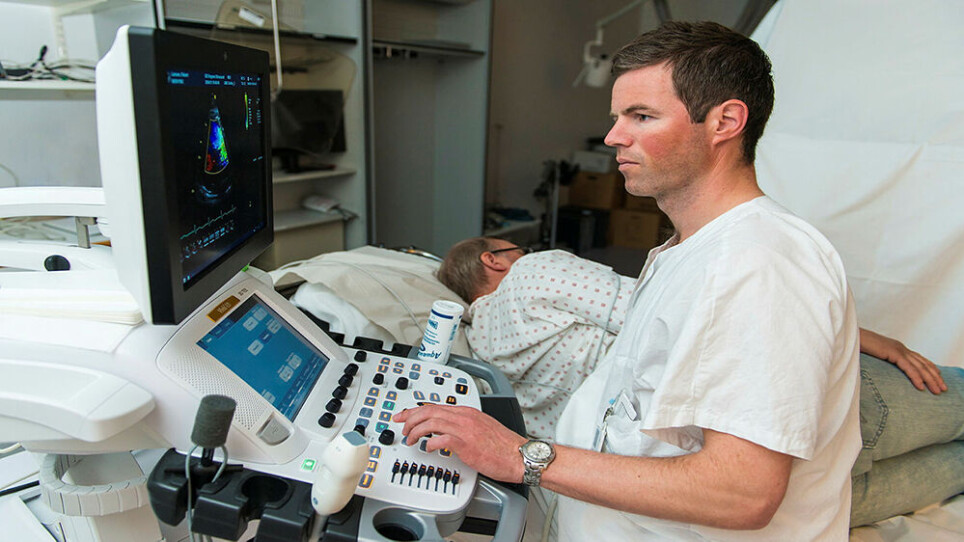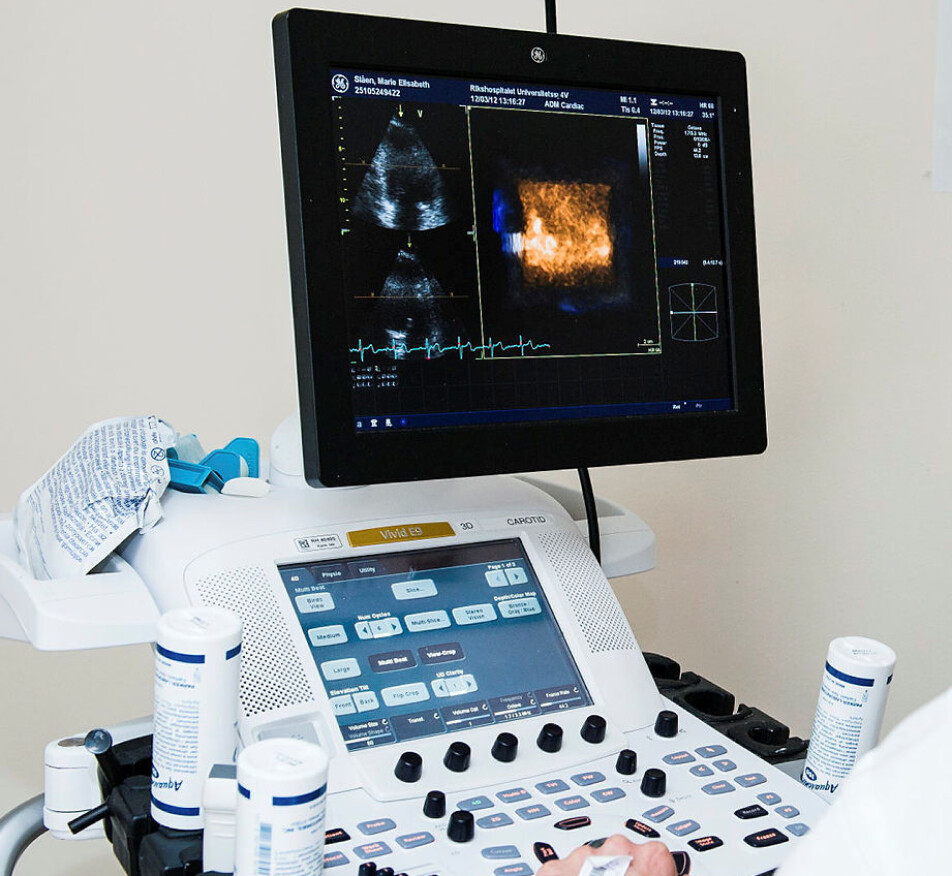THIS ARTICLE/PRESS RELEASE IS PAID FOR AND PRESENTED BY University of Oslo - read more

Heart function is normal in most people who have had COVID-19
Impaired heart function does not seem to be the reason why it takes a long time for some to recover after undergoing COVID-19.
Those who develop a serious course of disease due to COVID-19 infection usually need treatment in a hospital. By October 2021, more than five thousand people had been hospitalised due to covid-19, according to Norwegian figures from the Norwegian Institute of Public Health, NIPH.

One of the complications you can get due to COVID-19 infection is inflammation of the heart muscle. This condition is called myocarditis, and can cause symptoms such as palpitations, difficulties breathing, disturbance of the heart rhythm and pressure on the chest. However, a new study provides good reason for optimism regarding cardiac function after undergoing COVID-19. In a new study, researchers found that heart function was normal in most people a few months after having been hospitalised with COVID-19 infection.
“Our study shows that most of the patients who have undergone a COVID-19 infection are doing well. Most people’s heart function was normal after recovery,” says former researcher at the Institute of Clinical Medicine, Jorun Tangen.
A minority had impaired cardiac function that may be due to COVID-19
Nevertheless, there was a small change in heart function in some of the patients. These patients had impaired left ventricular function, i.e. the left part of the heart muscle functioned less good than what is normally the case. In most people, this was due to high blood pressure or heart disease that the patients had before they became infected with the coronavirus. However, this did not apply to everyone.
“In six of the patients who participated in the study, we cannot explain the slightly reduced heart function by hypertensive heart disease or other heart diseases,” the researcher says.
Hypertensive heart disease is caused by high blood pressure over time, and reduces the heart’s ability to pump blood around the body. However, this disease did not explain the reduced cardiac function in these six patients. Tangen explains that we can therefore imagine that the change in heart function is a consequence of complications related to COVID-19.
“We cannot rule out that these patients had impaired heart function due to undergone myocarditis in connection with COVID-19 infection,” she states.
Some patients may need to start with heart medication
It is important to identify and follow-up patients who have changed heart function after undergoing COVID-19, since some may need to start with heart medication.
“What we have learned in this study is that we should follow up patients who show signs of impaired cardiac function after admission for COVID-19 infection. We should examine the heart of these patients again after twelve months,” Tangen says, and adds:
“If the heart function is impaired to the extent that the patient needs heart medication, he or she should start with the medication in line with our guidelines for heart failure.”
None of the patients who participated in the present study needed heart medication.

Recommends using strain echocardiography as examination method
The study involved 92 patients who had been hospitalised with COVID-19 infection. The average age of the participants was 59 years and a little less than half were women.
“We did echocardiographic examinations of the patients three months after they were discharged from hospital. The study is a multi-centre study in which 23 hospitals from all over the country are involved,” Tangen says.
Echocardiography is a method of examining the heart with ultrasound. The method is accurate and makes it possible to study the heart's anatomy, movement, as well as the blood flow through the heart. Tangen and colleagues examined whether the participants had impaired heart function that could be a consequence of having undergone COVID-19.
In the study, however, the researchers used different echocardiographic examination methods, and obtained different results based on which methods they used.
“When we used traditional echocardiographic methods, we saw that everyone's heart function was normal, the researcher points out, and adds:
“But it was when we used the more sensitive method, strain echocardiography, that we saw that six of the participants in the study had somewhat reduced heart function after undergoing COVID-19.”
Strain echocardiography is a well-established examination method based on ultrasound, and it is even more accurate than traditional echocardiographic methods.
“Even so, with strain echocardiography, we cannot see whether there are changes caused by myocarditis in particular. For that, we need an MRI of the heart. Nevertheless, we can say with high certainty whether the patients have an affected or impaired cardiac function after undergoing COVID-19,” Tangen explains.
She believes that strain echocardiography is a good alternative to MRI for this patient group.
“Strain echocardiography is an easily accessible examination. For MRI, on the other hand, there are waiting lists and not all hospitals are able to do MRIs,” the researcher concludes.
The study was led by Adjunct Professor Thor Edvardsen and Pål Aukrust at the University of Oslo.
Reference:
Jorun Tangen: Cardiac function is normal in most patients recovered from COVID-19. Presentation in ESC Congress, August 2021.
———
Read the Norwegian version of this article at forskning.no
See more content from the University of Oslo:
-
Putin’s dream of the perfect family
-
How international standards are transforming the world
-
A researcher has listened to 480 versions of Hitler's favourite music. This is what he found
-
Researcher: "AI weakens our judgement"
-
New, worrying trend among incels, according to researcher
-
Ship’s logs have shaped our understanding of the sea





































